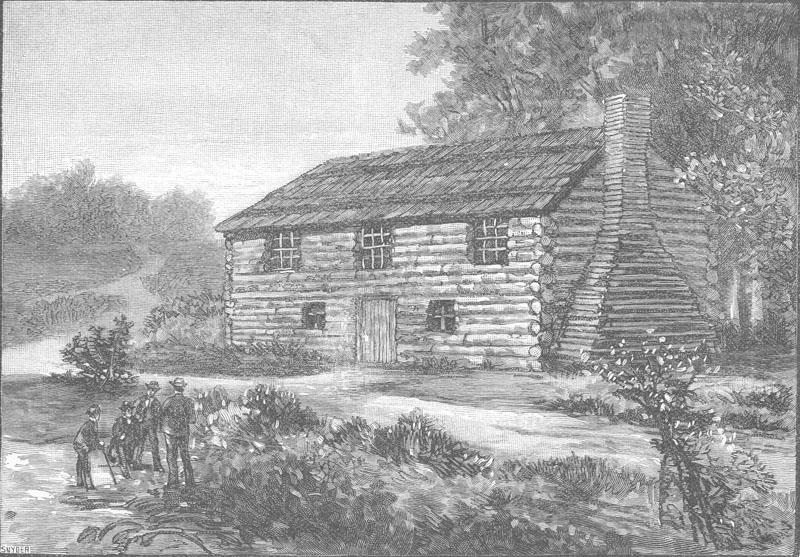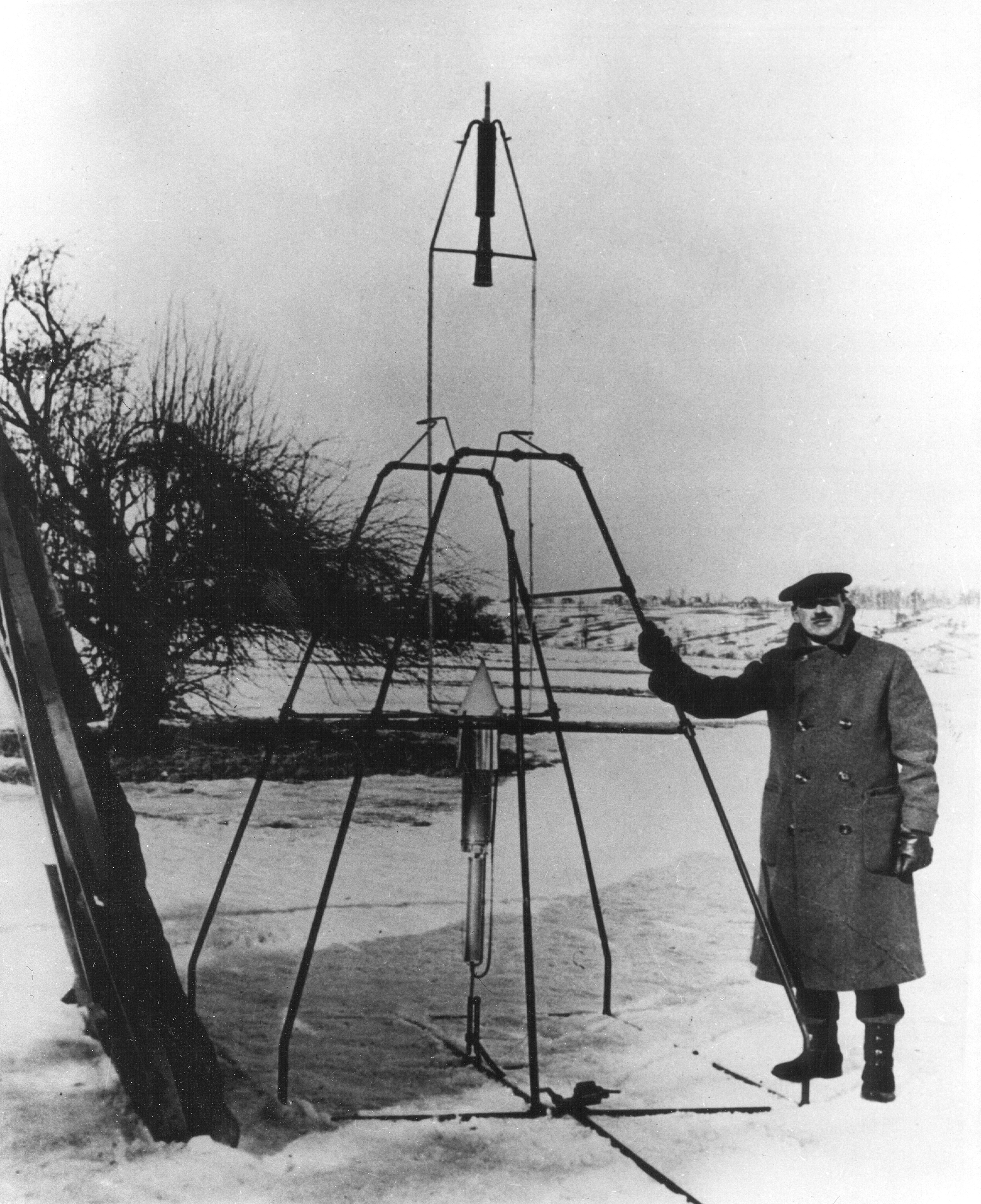|
Gerald Soffen
Gerald A. Soffen (February 7, 1926 – November 22, 2000) was a NASA scientist and educator who served in a wide variety of roles for the space agency, primarily dealing with either education or with life sciences—especially the search for life on Mars. He earned his A.B.S. from the University of California, Los Angeles, his M.S. from University of Southern California, and his Ph.D. in Biology from Princeton University. He pursued his postdoctoral work at New York University. Working from NASA's Langley Research Center in the mid- to late-1970s, Soffen was project scientist for the NASA's Viking program of Mars landers, the first successful missions to perform unmanned experiments on the surface of the planet. In that role, he oversaw all scientific investigations conducted by the landers, coordinating the work of more than seventy scientists around the nation. In 1977, he appeared on an episode of the popular television series ''In Search Of'' entitled "Martians" and he spoke a ... [...More Info...] [...Related Items...] OR: [Wikipedia] [Google] [Baidu] |
Cleveland
Cleveland ( ), officially the City of Cleveland, is a city in the U.S. state of Ohio and the county seat of Cuyahoga County. Located in the northeastern part of the state, it is situated along the southern shore of Lake Erie, across the U.S. maritime border with Canada, northeast of Cincinnati, northeast of Columbus, and approximately west of Pennsylvania. The largest city on Lake Erie and one of the major cities of the Great Lakes region, Cleveland ranks as the 54th-largest city in the U.S. with a 2020 population of 372,624. The city anchors both the Greater Cleveland metropolitan statistical area (MSA) and the larger Cleveland–Akron–Canton combined statistical area (CSA). The CSA is the most populous in Ohio and the 17th largest in the country, with a population of 3.63 million in 2020, while the MSA ranks as 34th largest at 2.09 million. Cleveland was founded in 1796 near the mouth of the Cuyahoga River by General Moses Cleaveland, after whom the city ... [...More Info...] [...Related Items...] OR: [Wikipedia] [Google] [Baidu] |
NASA Academy
The NASA Academy is NASA's premiere leadership training program for undergraduate and graduate students. Since its founding in 1993, the NASA Academy has brought together future leaders of the aerospace industry and exposed them to the inner workings of NASA, academia, and industry. The Academy consists of a ten-week summer program hosted by a participating NASA center. Currently there are academies at Langley Research Center, Ames Research Center, Marshall Space Flight Center and Glenn Research Center. Goddard Space Flight Center and Dryden Flight Research Center previously hosted NASA Academies, as well. History The NASA Academy was founded in 1993 at NASA's Goddard Space Flight Center by Gerald "Gerry" Soffen. The concept was largely based on the concept of the International Space University. Soffen envisioned the NASA Academy as a leadership program with an inter-disciplinary approach similar to ISU, but without the emphasis on the international and intercultural aspects. Spe ... [...More Info...] [...Related Items...] OR: [Wikipedia] [Google] [Baidu] |
Princeton University Alumni
Princeton University is a private research university in Princeton, New Jersey. Founded in 1746 in Elizabeth as the College of New Jersey, Princeton is the fourth-oldest institution of higher education in the United States and one of the nine colonial colleges chartered before the American Revolution. It is one of the highest-ranked universities in the world. The institution moved to Newark in 1747, and then to the current site nine years later. It officially became a university in 1896 and was subsequently renamed Princeton University. It is a member of the Ivy League. The university is governed by the Trustees of Princeton University and has an endowment of $37.7 billion, the largest endowment per student in the United States. Princeton provides undergraduate and graduate instruction in the humanities, social sciences, natural sciences, and engineering to approximately 8,500 students on its main campus. It offers postgraduate degrees through the Princeton Schoo ... [...More Info...] [...Related Items...] OR: [Wikipedia] [Google] [Baidu] |
University Of Southern California Alumni
A university () is an institution of higher (or tertiary) education and research which awards academic degrees in several academic disciplines. ''University'' is derived from the Latin phrase ''universitas magistrorum et scholarium'', which roughly means "community of teachers and scholars". Universities typically offer both undergraduate and postgraduate programs. The first universities in Europe were established by Catholic Church monks. The University of Bologna (), Italy, which was founded in 1088, is the first university in the sense of: *being a high degree-awarding institute. *using the word ''universitas'' (which was coined at its foundation). *having independence from the ecclesiastic schools and issuing secular as well as non-secular degrees (with teaching conducted by both clergy and non-clergy): grammar, rhetoric, logic, theology, canon law, notarial law.Hunt Janin: "The university in medieval life, 1179–1499", McFarland, 2008, , p. 55f.de Ridder-Symoens, Hild ... [...More Info...] [...Related Items...] OR: [Wikipedia] [Google] [Baidu] |
Scientists From Cleveland
A scientist is a person who conducts scientific research to advance knowledge in an area of the natural sciences. In classical antiquity, there was no real ancient analog of a modern scientist. Instead, philosophers engaged in the philosophical study of nature called natural philosophy, a precursor of natural science. Though Thales (circa 624-545 BC) was arguably the first scientist for describing how cosmic events may be seen as natural, not necessarily caused by gods,Frank N. Magill''The Ancient World: Dictionary of World Biography'', Volume 1 Routledge, 2003 it was not until the 19th century that the term ''scientist'' came into regular use after it was coined by the theologian, philosopher, and historian of science William Whewell in 1833. In modern times, many scientists have advanced degrees in an area of science and pursue careers in various sectors of the economy such as academia, industry, government, and nonprofit environments.'''' History Th ... [...More Info...] [...Related Items...] OR: [Wikipedia] [Google] [Baidu] |
NASA People
The National Aeronautics and Space Administration (NASA ) is an independent agency of the US federal government responsible for the civil space program, aeronautics research, and space research. NASA was established in 1958, succeeding the National Advisory Committee for Aeronautics (NACA), to give the U.S. space development effort a distinctly civilian orientation, emphasizing peaceful applications in space science. NASA has since led most American space exploration, including Project Mercury, Project Gemini, the 1968-1972 Apollo Moon landing missions, the Skylab space station, and the Space Shuttle. NASA supports the International Space Station and oversees the development of the Orion spacecraft and the Space Launch System for the crewed lunar Artemis program, Commercial Crew spacecraft, and the planned Lunar Gateway space station. The agency is also responsible for the Launch Services Program, which provides oversight of launch operations and countdown management for ... [...More Info...] [...Related Items...] OR: [Wikipedia] [Google] [Baidu] |
Environmental Scientists
Environmental science is an interdisciplinary academic field that integrates physics, biology, and geography (including ecology, chemistry, plant science, zoology, mineralogy, oceanography, limnology, soil science, geology and physical geography, and atmospheric science) to the study of the environment, and the solution of environmental problems. Environmental science emerged from the fields of natural history and medicine during the Enlightenment. Today it provides an integrated, quantitative, and interdisciplinary approach to the study of environmental systems. Environmental studies incorporates more of the social sciences for understanding human relationships, perceptions and policies towards the environment. Environmental engineering focuses on design and technology for improving environmental quality in every aspect. Environmental scientists seek to understand the earth’s physical, chemical, biological, and geological processes, and to use that knowledge to understan ... [...More Info...] [...Related Items...] OR: [Wikipedia] [Google] [Baidu] |
1926 Births
Events January * January 3 – Theodoros Pangalos declares himself dictator in Greece. * January 8 **Abdul-Aziz ibn Saud is crowned King of Hejaz. ** Crown Prince Nguyễn Phúc Vĩnh Thuy ascends the throne, the last monarch of Vietnam. * January 12 – Freeman Gosden and Charles Correll premiere their radio program ''Sam 'n' Henry'', in which the two white performers portray two black characters from Harlem looking to strike it rich in the big city (it is a precursor to Gosden and Correll's more popular later program, ''Amos 'n' Andy''). * January 16 – A BBC comic radio play broadcast by Ronald Knox, about a workers' revolution, causes a panic in London. * January 21 – The Belgian Parliament accepts the Locarno Treaties. * January 26 – Scottish inventor John Logie Baird demonstrates a mechanical television system at his London laboratory for members of the Royal Institution and a reporter from ''The Times''. * January 29 – Eugene O'Neill's ... [...More Info...] [...Related Items...] OR: [Wikipedia] [Google] [Baidu] |
Viking 2
The ''Viking 2'' mission was part of the American Viking program to Mars, and consisted of an orbiter and a lander essentially identical to that of the '' Viking 1'' mission. ''Viking 2'' was operational on Mars for sols ( days; '). The ''Viking 2'' lander operated on the surface for days, or sols, and was turned off on April 12, 1980, when its batteries failed. The orbiter worked until July 25, 1978, returning almost 16,000 images in 706 orbits around Mars. Mission profile The craft was launched on September 9, 1975. Following launch using a Titan/Centaur launch vehicle and a 333-day cruise to Mars, the ''Viking 2'' Orbiter began returning global images of Mars prior to orbit insertion. The orbiter was inserted into a 1500 x 33,000 km, 24.6 h Mars orbit on August 7, 1976, and trimmed to a 27.3 h site certification orbit with a periapsis of 1499 km and an inclination of 55.2 degrees on August 9. The orbiter then began taking photographs of candidate landing sit ... [...More Info...] [...Related Items...] OR: [Wikipedia] [Google] [Baidu] |
International Space University
The International Space University (ISU) is dedicated to the discovery, research, and development of outer space and its applications for peaceful purposes, through international and multidisciplinary education and research programs. ISU was founded in 1987 and is registered in France and in the US as a non profit organisation. The university offers a one or two-year Master in Space Studies (MSS) in Strasbourg and shorter professional development programs across the world. The latter include an itinerant nine-week Space Studies Program (SSP), a five-week Southern Hemisphere SSP in partnership with the University of South Australia, a 6-week Commercial Space graduate certificate in partnership with the Florida Institute of Technology, and one-week Executive Space Courses in Australia, Europe and the USA. The International Space University Central Campus and global headquarters are located in Illkirch-Graffenstaden near Strasbourg, France. ISU was founded on the "3-Is" philosop ... [...More Info...] [...Related Items...] OR: [Wikipedia] [Google] [Baidu] |




